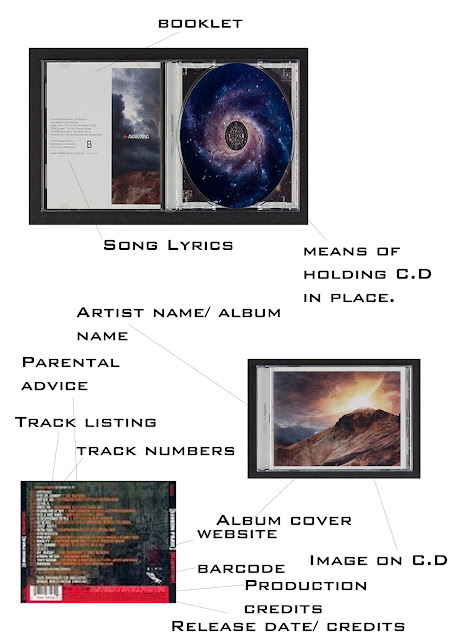I believe that creativity was one of my
main strong points during the course. I always stuck with initial ideas and
developed them accordingly, with a firm view in mind of what I wanted to do and
how I was going to do it.
I believe I was at my most creative when
writing my music video treatment, using descriptive words to set a particular
scene, as well as to describe shot angles and emotions.
My wide vocabulary and creative imagination
were a big help to me during the course, and I always had a very firm picture
in my mind of what I wanted. I encountered very few problems with the more
creative side of the course, my only hindrance being that sometimes my ideas
were to bold to be created with the materials and sources I had to hand.
Near the beginning of the course, I didn’t
take as much care over work as I did later on, mostly because of my
inexperience with the equipment and systems used and my reluctance to share my
ideas. I overcame this by learning to use the equipment, the skills for which
were slowly gained over the course of the year and were applied as I went
along.
Once I became familiar with the Mac books,
using them became easier and I became more skilled with programs and software
like Photoshop and Garageband.
The Mac books were a new concept, as well
as a number of systems on them that I had not come across before, such as
Garageband and Photoshop.
Near the beginning of the course, I
struggled to use the Mac books and the systems on them, but I overcame this
through repeated use and experience.
I was helped repeatedly by my teacher and
T.A, who were more than willing to help me overcome my inexperience with the
software.
As I gained experience with the equipment,
it became less of a hindrance and more of a useful tool, and my skills with
programs like Photoshop have improved vastly since the beginning of the year.
Saving and storing material and documents
proved a problem at the start of the course too. Saving documents and files to
the wrong places or to the desktop meant they weren’t there next time I logged
on, or simply could not be accessed from other computers.
I overcame this by choosing to save
important material to my USB stick instead of to the computers.
Using my USB allowed me a chance to order
my work and sort things into subjects and units for easier storage. I was
encouraged to type essays and documents on Google Docs, or even straight onto
the blog. Although I rarely did this, I still feel my experience in this field
has improved since the start of the year.
I believe my strongest skills were my
creativity and my use of grammar.
My creativity meant that my initial idea
for projects was usually my best, and almost always ended up as the final
product with a bit of alteration.
Creative writing has always been a passion I
like to indulge with, and the amount of creative freedom over the course of the
year allowed me to express myself in more than a few areas.
Once I had mastered systems such as
Photoshop, my visual creativity was also allowed to shine through in more
practical products, such as my C.D cover and packaging, which was a big leap
forward in terms of my Photoshop skills.
My use of grammar meant I could use a wide
range of descriptive words to accurately describe what I wanted to say.
I excelled in more practical work due to my
use of grammar in my documents, using formal and informal language respectively
where they were required, and making good use of my wide vocabulary.
My feedback summary, my Music Video
Treatment and my Questionnaire all relied on my use of good grammar to make a
rigid structure that I could work from.
The only skill that I think needs improving
is my use of systems like Garageband and Photoshop, which, although I have familiarized
myself with them, I still feel I could benefit from improving.
Though sheets detailing the keyboard
shortcuts for Photoshop are commonplace, there are some techniques I still need
to master before fully getting to grips with the software.
Garageband is still mostly unfamiliar
territory.
Although I know the basics, I still need to
do a fair bit of work before I fully grasp the software.





















